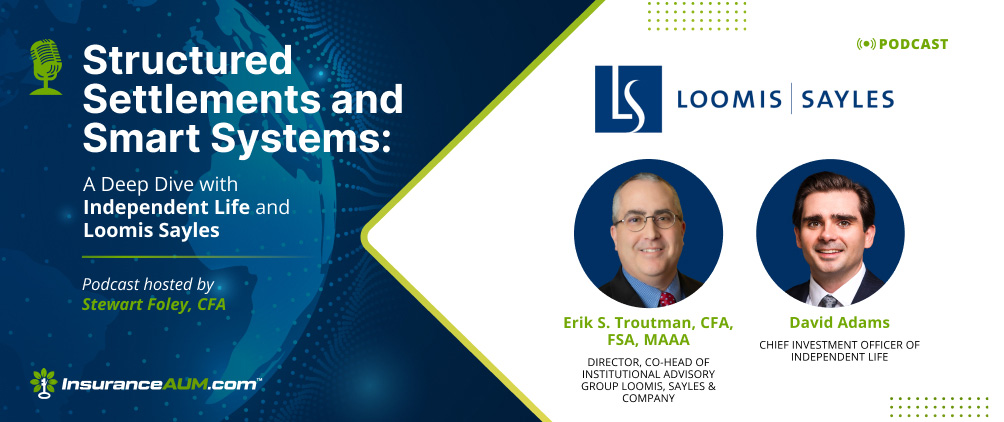Loomis, Sayles & Company, LP
Loomis Sayles matches its long history of alpha generating capabilities with the complex needs of its insurance clients. The firm offers a suite of differentiated fixed income strategies, each with clear and consistent investment philosophies. Experience in providing custom solutions is layered in to generate specific portfolios, designed to fit client objectives.
Colin Dowdall, CFA
Global Head of Insurance Solutions
cdowdall@loomissayles.com
(617) 449-8782
Lauren McDermott
Director, Insurance Solutions
lmcdermott@loomissayles.com
(617) 816-6301
www.loomissayles.com
One Financial Center
Boston, MA 02111
Image






